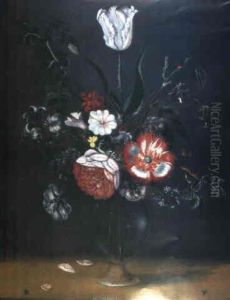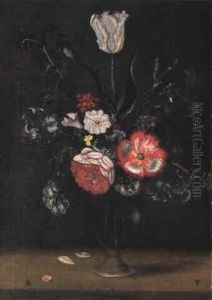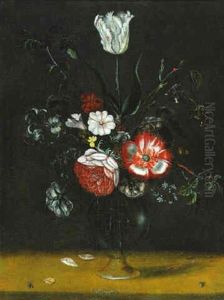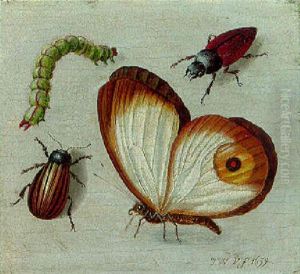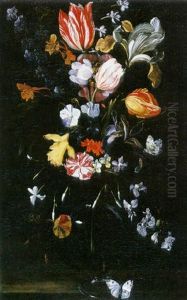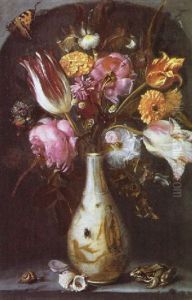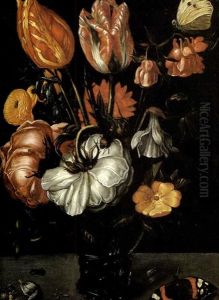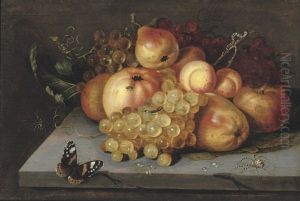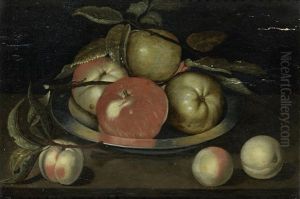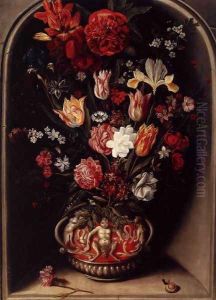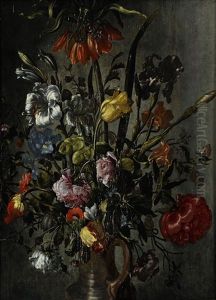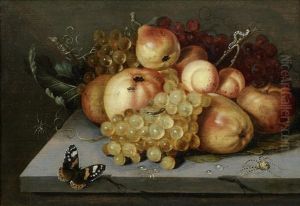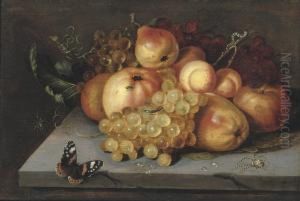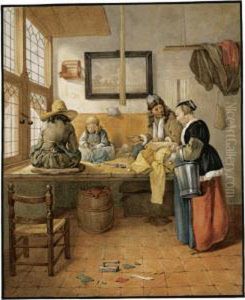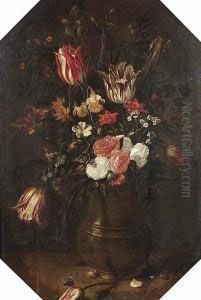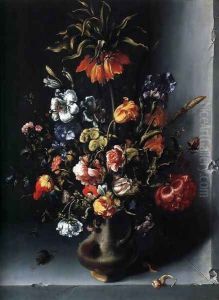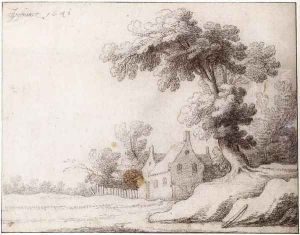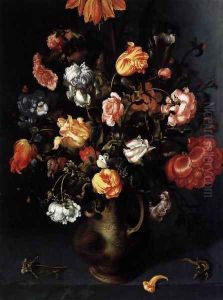Jacob Woutersz Vosmaer Paintings
Jacob Woutersz Vosmaer was a notable Dutch Golden Age painter, born in 1584 in Delft, Netherlands. He was part of a family that had a significant impact on the art scene of the time, with his cousin Abraham van Vosmaer also being a recognized artist. Vosmaer's work primarily revolved around still lifes, a genre that was gaining immense popularity in the Netherlands during the 17th century. His contributions to the art world are often characterized by his meticulous attention to detail and his ability to capture the texture and realism of the objects he painted.
Vosmaer's early life was steeped in an environment that appreciated and cultivated artistic talents. Although specific details about his early training are scarce, it is believed that he was apprenticed to a local artist, which was a common practice for aspiring painters during that period. His style suggests that he was influenced by the works of earlier Dutch masters, as well as by the vibrant artistic scene in Delft, which was home to artists such as Johannes Vermeer, though Vosmaer predates Vermeer's period of activity.
Jacob Vosmaer's most famous works include his intricate flower still lifes, a genre that he excelled in, showcasing his skill in rendering flowers with astonishing detail and vividness. These works not only demonstrate his technical skill but also reflect the Dutch fascination with botany and the exotic commodities brought back from colonial expeditions. Vosmaer's paintings are characterized by their elaborate composition and vibrant colors, capturing the ephemeral beauty of flowers with a sense of permanence.
Despite his talent and contributions to the Dutch Golden Age of painting, Vosmaer did not achieve the same level of fame as some of his contemporaries. His works, however, have been appreciated by art historians and collectors for their beauty and technical precision. After his death in 1641, Vosmaer's legacy continued through the appreciation of his art, which remains part of the collections in several major museums around the world, offering insight into the rich artistic culture of 17th-century Netherlands.

